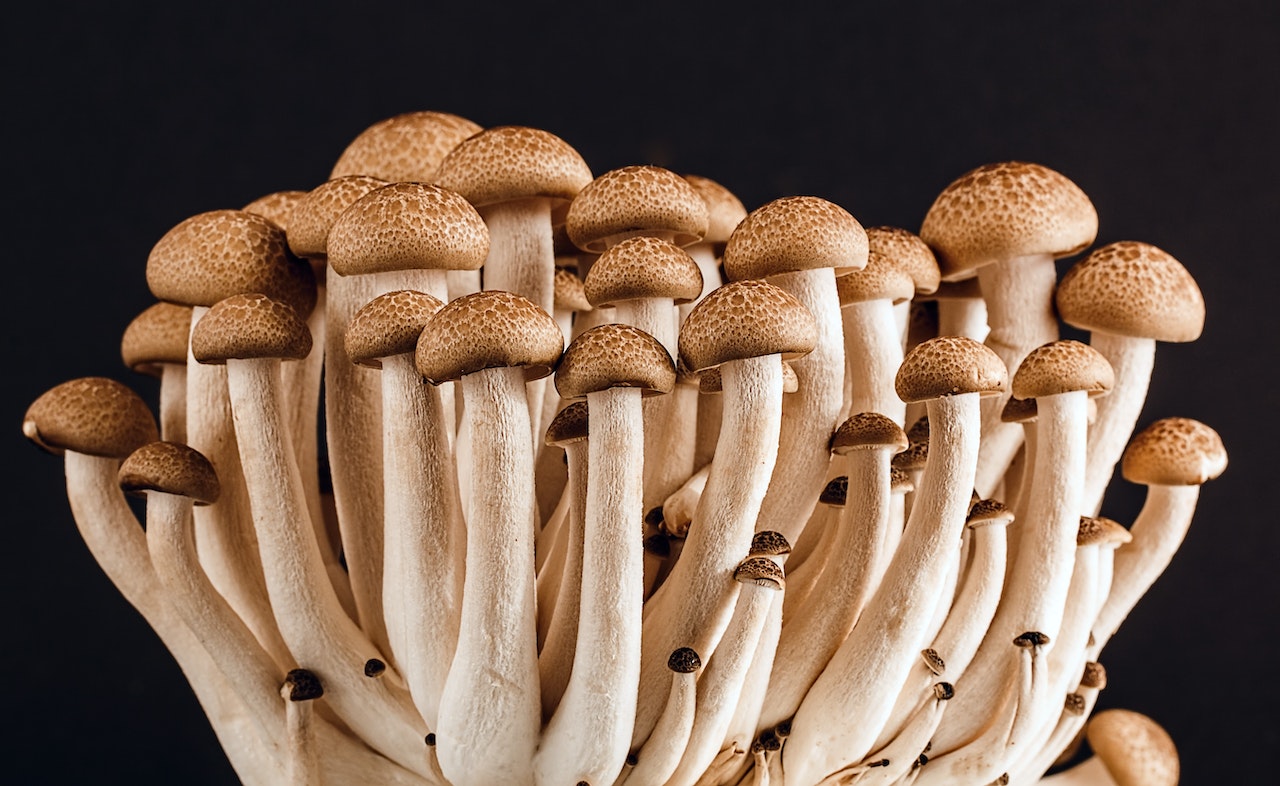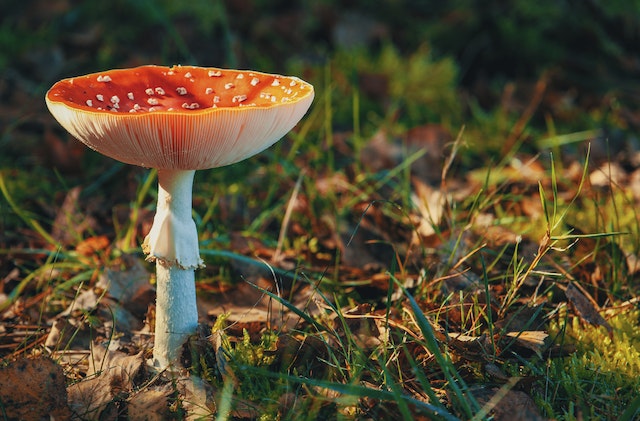Comments
- No comments found

Often, there’s no sign of a struggle.
Some wheat turns ghostly white, but other stalks look deceptively healthy, concealing a deadly fungus — one you probably eat every day. Mycotoxins in food usually stay below certain levels, but sometimes, a little extra slips through the cracks.

Fungi from the genus Fusarium create a mycotoxin — meaning a toxin from a fungus — that goes by many names. Vomitoxin — also called deoxynivalenol — causes a plant disease known as fusarium head blight (FHB) or scab. FHB mainly affects wheat, barley, rye, oats and corn, but also occasionally damages sorghum, rice and triticale, which is a hybrid of wheat and rye.
When animals eat mycotoxins in food, they often lose weight, refuse feed and become nutrient deficient. In humans, the appropriately named vomitoxin causes vomiting, diarrhoea, abdominal pain, headaches and dizziness.
Fusarium moulds also produce a mycotoxin called zearalenone, leading to infertility, miscarriages and other reproductive issues, especially in pigs. They also create HT-2 and T-2 mycotoxins.
However, vomitoxin is getting the most attention due to its increased prevalence. FHB thrives in warm, wet weather that coincides with the time when wheat is flowering. Climate change is likely contributing to its spread. Now, farmers are doing their best to save their harvests from the fungal disease.
Across the globe, mycotoxins contaminate 60% to 80% of crops, with a fifth of the world’s crops having such high mycotoxin concentrations that they exceed European Union food safety standards. Vomitoxin is in roughly half of all wheat samples destined for food in Europe. Thankfully, people can still consume mycotoxins in food without suffering any health problems — the toxin just has to be kept at a very low level.
That’s good news for farmers, because vomitoxin is present in every European country researchers studied in 2022 and it’s only becoming more common. It’s widespread in wheat grown for human consumption and animal feed alike. Changes in farming — such as soil preservation techniques that create ideal conditions for the Fusarium mould — combine with climate change to help FHB spread, especially in southern Europe.
Cooking doesn’t destroy vomitoxin — not without also burning the food to a crisp. The only way to prevent illness from vomitoxin is to avoid eating too much of it.
To make vomitoxin safe for people to eat, the U.S. Food and Drug Administration requires producers to limit it to less than one part per million in finished wheat. In other words, for every million ounces of wheat a grower produces, it can only contain one ounce of vomitoxin. The 2022 European wheat study found 95% of the grain met this standard. But what about the 5% that didn’t?
If farmers can’t sell their grain for human consumption because it contains excessive vomitoxin, it often becomes animal feed. Pigs can detect tiny amounts of mycotoxins in food and will often refuse to eat it. However, other animals — like cattle and chickens — can handle more.
Unfortunately, animal feed doesn’t fetch as high of a price as human food. That translates to major economic losses for farmers. The European study found that between 2010 and 2019, European farmers lost around 75 million tonnes of wheat to vomitoxin, leading to €3 billion in losses from downgrading their grain to animal feed.
This comes at a time when many farmers are already struggling economically. In 2020, farmers could buy roughly 1,000 kg of fertiliser for €440, but that same amount of fertiliser now costs €1,264. Coupled with increased droughts, flooding and the Russian takeover of many wheat storage facilities and fields, some farmers struggle to stay profitable.
Converting vomitoxin-laced grain to animal feed isn’t ideal. Accidentally feeding too much vomitoxin to animals leads to reduced animal performance and welfare, as sick animals produce lower-quality milk and less meat. Mycotoxins lead to metabolic disruptions that can ultimately kill livestock.
A significant portion of contaminated wheat also contains other Fusarium toxins. Since these toxins might synergize with vomitoxin, it’s hard to determine how much vomitoxin is safe for animals to consume.
Overall, there’s no good solution. Farmers sometimes have to cut their losses and discard an entire batch of grain. But what if they could prevent it from getting diseased in the first place?
Although fusarium head blight is often obvious from how it bleaches wheat a pale cream colour, vomitoxin itself is invisible. Farmers cannot simply look at a field and determine if the poison affects their crops. It’s often after harvest — when producers deliver their yield to a grain elevator — that chemical testing shows the presence of FHB. Additionally, FHB usually occurs in patches rather than blanketing entire fields, which can be tricky to detect.
Farmers often spray their fields with fungicides called azoles to prevent blight. However, Fusarium is becoming increasingly resistant to these chemicals. The weakest fungal spores die through repeated exposure, leaving only the hardiest, most fungicide-resistant moulds to reproduce.
Thankfully, a new control measure could be on the horizon. Scientists from the ARS Application Technology Research Unit and South Dakota State University in the U.S. recently discovered a virus that stops Fusarium from producing vomitoxin.
With a mouthful of a name, F. graminearum Vg1-SD4 — which will likely get a better moniker if it becomes mainstream — makes Fusarium harmless. Experiments found plants infected with the virus had no detectable vomitoxin levels in their seeds, while plants in the control group or fungal group still harbored mycotoxins. Perhaps farmers could spray the virus on their crops to prevent blight outbreaks altogether.
Fusarium head blight is often responsible for mycotoxins in food. This contamination leads to economic losses in the form of converting grains to animal feed, poor livestock performance or having to discard a harvest altogether.
As FHB spreads alongside climate change, some farmers are losing the fight against the disease. However, a newly discovered virus might serve as a control measure against Fusarium’s damaging toxins, improving public health and economic security. It can’t come soon enough.
Emily Newton is the Editor-in-Chief of Revolutionized. She is a science and technology journalist with over three years covering industry trends and research.
Leave your comments
Post comment as a guest